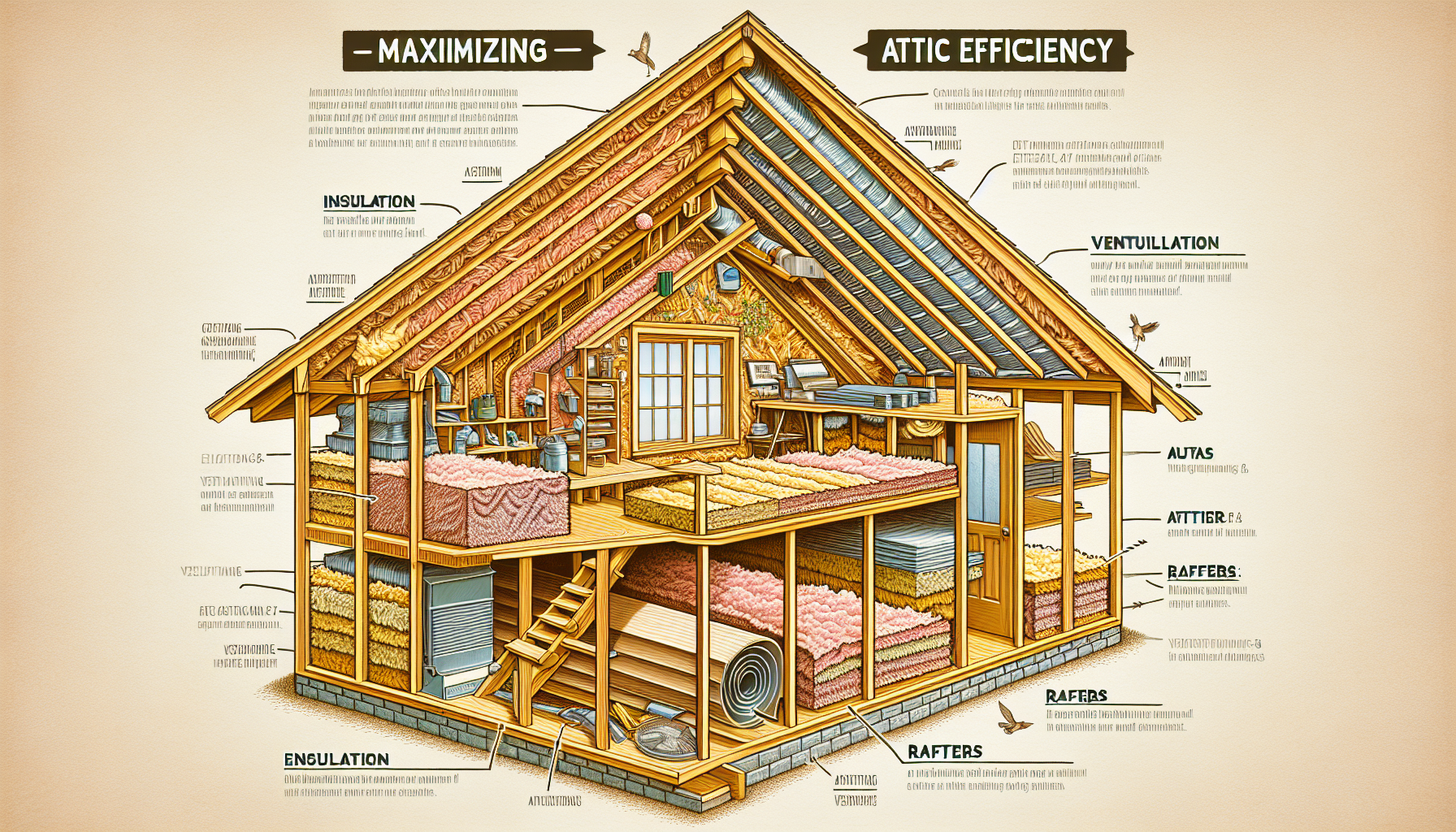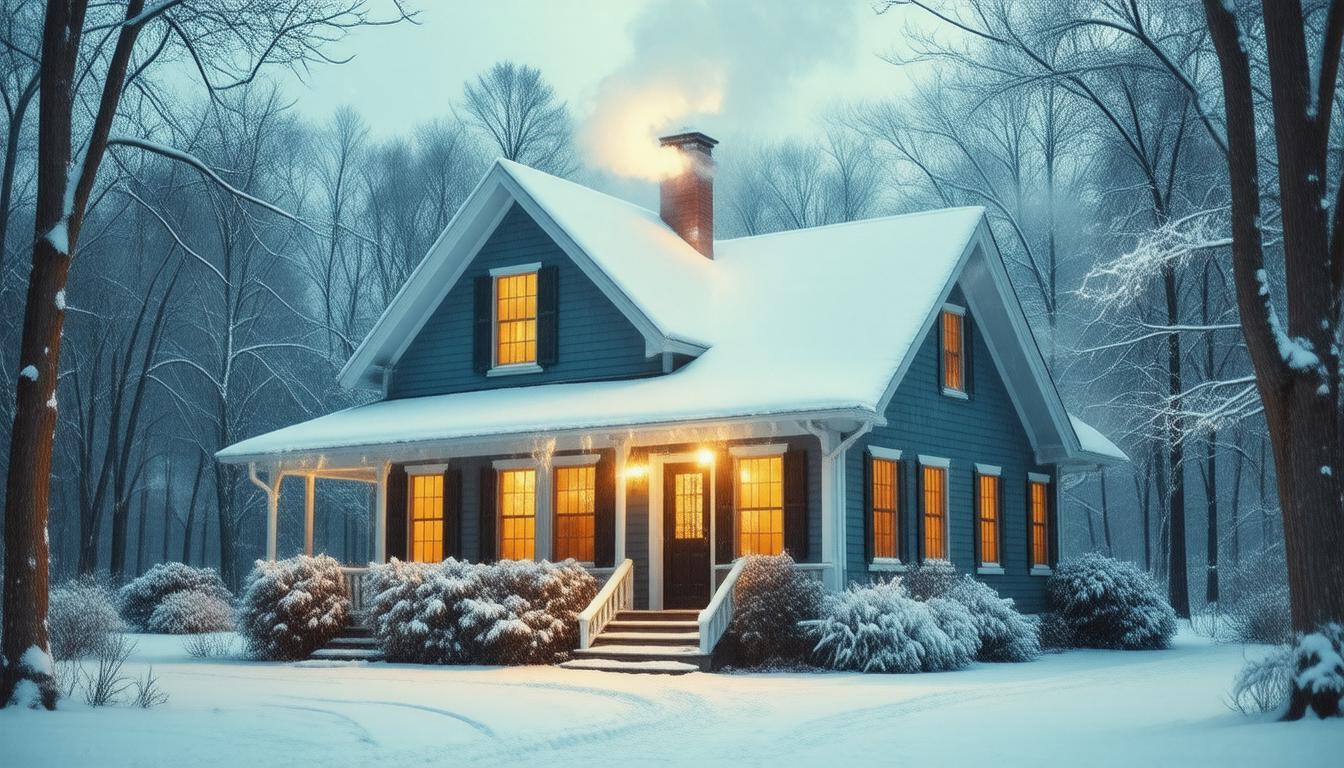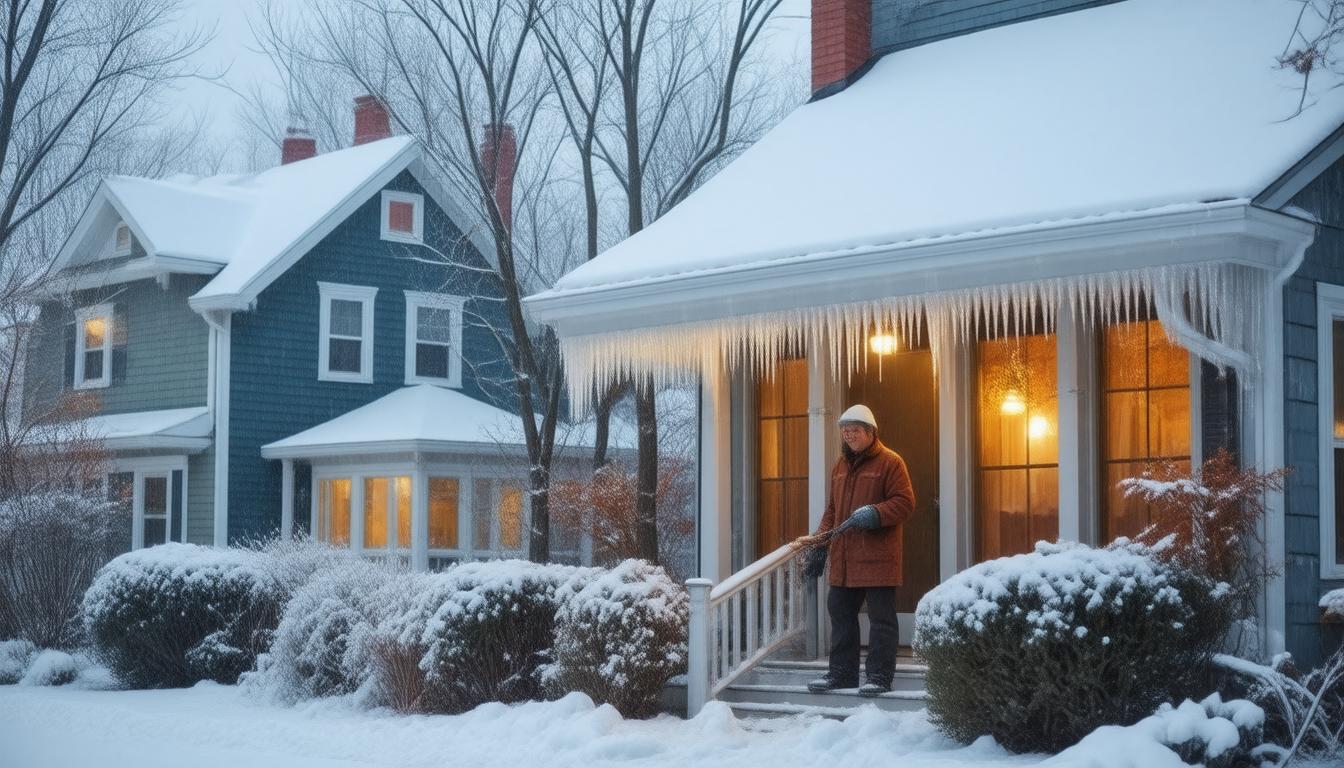
Insulation in your attic is like a thermal barrier jacket for your home. It plays a crucial role in reducing heat transfer between your home’s interior and the exposed environment outside. As heat tends to rise, without proper insulation, you could be losing a significant amount of your home’s heat through the attic during winter, not to mention the unnecessary heat that may be entering during summer.
The efficiency of attic insulation is measured in R-values – the higher the R-value, the more effective the insulation is at impeding heat transfer. Common materials used for attic insulation include fiberglass, cellulose, and foam, which come in forms such as batts, rolls, or blown-in insulation. When evaluating your attic insulation, ensure it is without gaps and covers the attic floor well to maximize energy efficiency.
Ventilation Essentials for an Effective AtticVentilation might seem counterintuitive when discussing keeping a house warm or cool, but it’s an integral part of attic efficiency. Proper ventilation allows continuous air flow, preventing the buildup of heat and moisture. Overlooking this can lead to a host of problems, including mold growth and a compromised roof structure.
A well-ventilated attic typically includes intake vents located at the soffits (eaves) and exhaust vents at or near the ridge. This setup allows cool, fresh air to enter from the bottom and hot, stale air to escape from the top, following the natural convection process. In some cases, additional mechanical ventilation, like attic fans, may be used to assist this air exchange.
The Role of Rafters in Attic ConstructionRafters are an integral part of your attic’s structural integrity. They are the slanting beams that extend from the ridge or hip of the roof down to the wall plate. They form the skeleton on which your roof is built and are critical in maintaining the shape of the roof while supporting the roofing materials.
In terms of efficiency, rafters also play an important role. They must be properly spaced and sized according to the load they will carry and the type of roofing installed. Moreover, rafter design considerations can affect insulation depth and ventilation channels. For instance, rafters must accommodate enough space for adequate insulation without compressing it, which diminishes its effectiveness. Additionally, ensuring that there is enough room for air to flow freely beneath the roof sheathing is crucial to prevent moisture buildup and promote temperature regulation.
Balancing Insulation and VentilationImproving attic efficiency is all about balance. Too much insulation can block vents and restrict airflow, leading to moisture problems. An improperly ventilated attic can nullify the advantages of good insulation by trapping hot air in the summer or moist air in the winter, which can then lead to ice damming.
To maximize attic efficiency, assess the R-value of existing insulation and ensure it complies with recommended levels for your specific climate zone. Verify that your attic has the correct ratio of intake and exhaust ventilation and that existing vents are unobstructed to enhance air circulation. Attic baffles can be installed to maintain a clear passage for airflow from intake vents at soffits up to ridge vents, while still allowing for a deep layer of insulation.
Regular Attic Maintenance for Long-Term EfficiencyRegular inspection and maintenance of your attic space can identify potential problems before they escalate. Checking for signs of moisture, such as water stains on rafters or damp insulation, can prevent mold and wood rot. Inspecting the effectiveness and state of ventilation systems, as well as clearing blocked vents can ensure that your attic remains well-ventilated.
Maximizing attic efficiency is not only about installing the right materials but also about maintaining those systems over time. Homeowners who keep a keen eye on their attic’s condition can reap the benefits of lower energy bills, a more comfortable living environment, and a prolonged lifespan of their roofing system.







